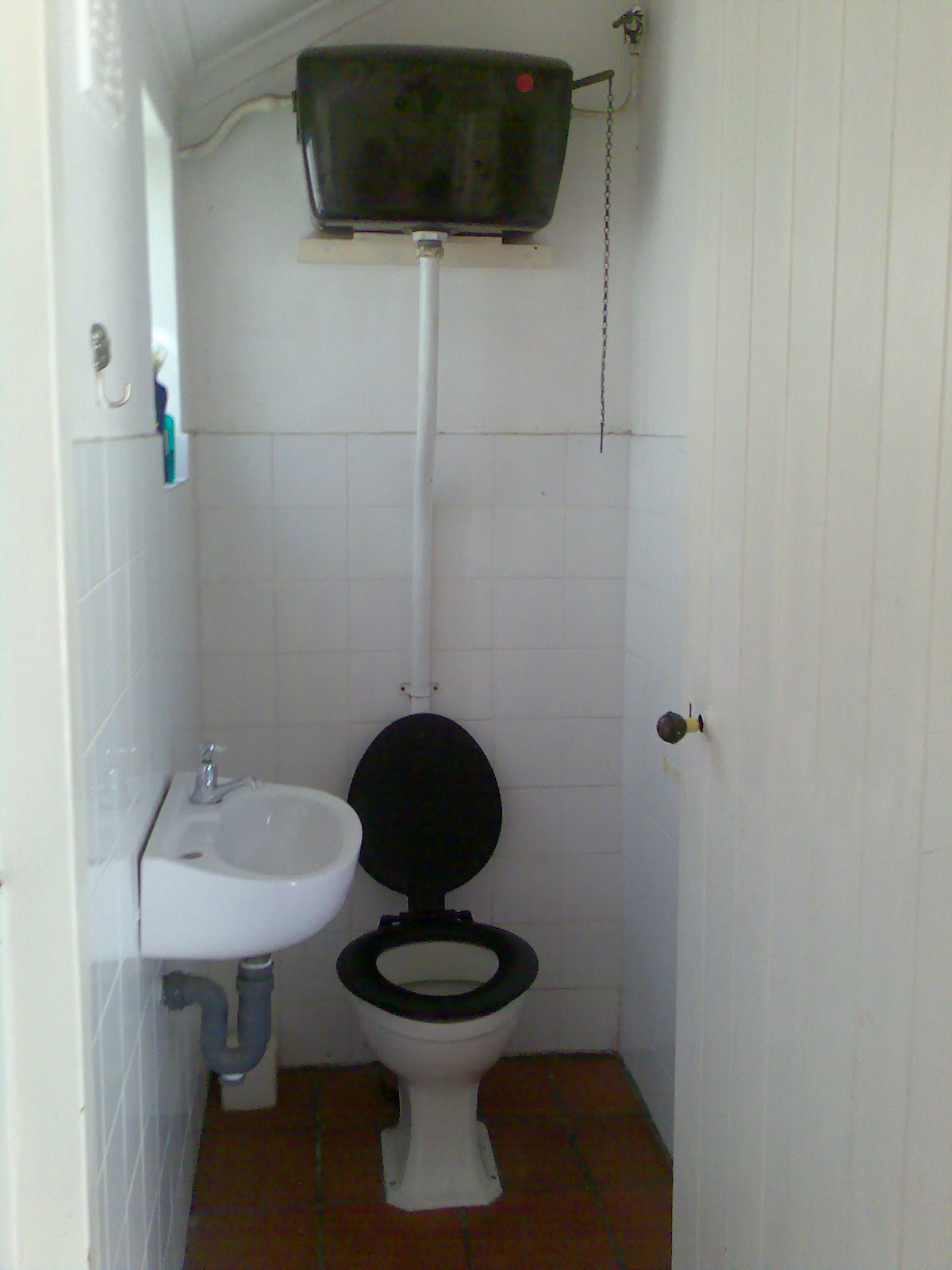I. Introduction
Even thought there still some pit latrines out there, there have been many changes since thousands of years ago. Even the Old Testament and some laws refer to toilets use and invasion. Around 2000 B.C. there was believed that there was the existence of flushed toilet. During 2750 B.C., there was also a supposition that there was one connected to a drain. There is still some existence of Roman lavatories, a toilet seat located over a drain. Most toilets are usually built next to the bath. Throughout the old ages the waste was delivered to a river out of the fort. Toilet’s bowl and tank are made from clay called vitreous china. Toilet’s seats are made from different material. Plastic seats are made from polystyrene and the wood seats are usually maple or birch.

II. Biography
People believe that Thomas Crapper is the inventor of the first flushing toilet in 1800s when actually it can be traced to 1596. Sir John Harrington was the first one to invent a valve that would release water when pulled. He was the godson of Queen Elizabeth the first. He said to flush toilets once a day for sanitary purposes. Even though he didn’t invent the toilet, we owe him big thanks for developing toilet paper in 50 B.C.
· The first toilet was invented in 1596 by John Harrington.
· The first flush toilet was done in 1738 by J.F. Brondel.
· In 1775, Alexander Cummings invented the strap, a valve between the bowl and the trap.
· In 1778, Joseph Bramah redesigned the valve at the bottom of the bowl that worked on hinge to a predecessor to the modern bullock.
· Thomas Twyford, in 1885 built the first trap less toilet in a one- piece.
· There were 350 new toilets applications for new toilets designs between the 1900 and 1932.
III. Human Effect
The invention of toilets has impact our community and our environment. Some of the helps that this discovery have done to our environment are: water reduction (savings in water storage about 20 to 50 %), Shock Loading Capacity, Odor Problems Reduced (toilets take out the odor of the rooms, it almost acts as an extraction fan), no more grey water loading, removal “black water” and last recycling (recycle household waste). There is definitely less environmental impact. No more effluent release into watercourses, no more disruption to soils system through pipeline, and the leakage of raw is eliminated.
IV. Discovery
Some toilets companies are Kohler and TOTO have discovery new toilets. The Kohler’s history started in 1873, when a 29 year old Austrian named John Michael Kohler purchased iron and steel. He started producing cast iron and steel for farmers, furniture factories, and iron pieces for cemetery crosses. In 1883, he decided to improve his customers’ quality of life. He through his ideas started putting enamel coating to a Kohler horse and what do you now he had just created the Kohler Co. first bathtub. He had just entered the plumbing business. TOTO Ltd. was established in 1917, in Japan. It was Japan’s first vitreous china sanitary ware. TOTO USA, Inc. was in California in 1989. By 2006, it had grown and now it has the best plumbing products. TOTO employs more than 550 Americans with two major manufacturing plants in Georgia.
V. Journal
Dhaka is one of the fastest growing metropolises with the population growth rate of 7 %. Dhaka with such a high population does have many basic public toilets facilities. For ten million inhabitants it only has 69 public toilets with appalling condition. This impacts public health and environment. The lack of attention to maintenance of public toilets led to bad facility condition. Compare to other developed countries in the world have many toilets at appropriate locations. But these countries since they are located in a urban area are smelly, wet, and inaccessible people. This journal tries to focus on the physical condition of public toilets in Dhaka city and stresses need to create toilets for large cities of developing countries.
VI. References
· About.com: http://www.toiletology.com/history.shtml. (n.d.). Inventors. Retrieved February 9, 2011, from http://inventors.about.com/gi/o.htm?zi=1/XJ&zTi=1&sdn=inventors&cdn=money&tm=19&gps=249_102_1276_574&f=00&tt=2&bt=0&bts=0&zu=http%3A//www.toiletology.com/history
- Dhaka toilets. (n.d.). sukabhenvis. Retrieved February 10, 2011, from httphttp://www.sulabhenvis.in/articles/Towards%20Development%20%20of%20a%20Standard%20For%20Public%20Toilets%20For%20Developing%20Countries.pdf
- How toilet is made - material, used, parts, steps, industry, machine, Raw Materials, The Manufacturing Process of toilet, Quality Control, Byproducts/Waste. (n.d.). How Products Are Made. Retrieved February 10, 2011, from http://www.madehow.com/Volume-5/Toilet.html
· piping, e. t., infrastructure., & considerations, s. (n.d.). The Benefits of Composting Toilets - Composting Toilet World. Composting Toilet World. Retrieved February 10, 2011, from http://compostingtoilet.org/compost
· Who invented the toilet - Syncrat Publishing. (n.d.). Article Index - Syncrat Publishing. Retrieved February 14, 2011, from http://www.syncrat.com/3hr
- Who invented the toilet?. (n.d.). Toilet Paper World Blog. Retrieved February 8, 2011, from http://blog.toiletpaperworld.com/who-invented-the-toilet/
- figure1 :wikipedia.org (normal toilet)
No comments:
Post a Comment